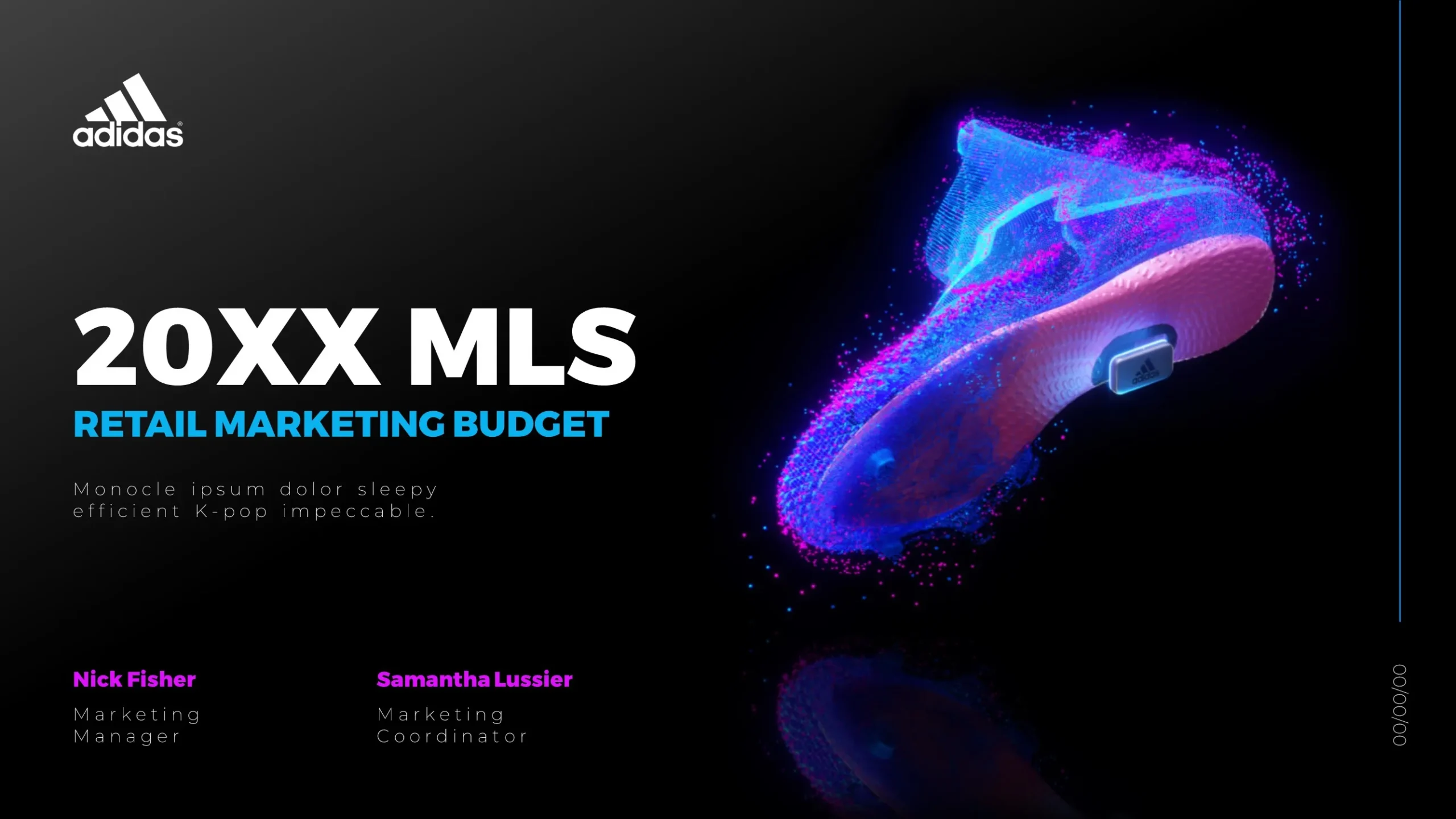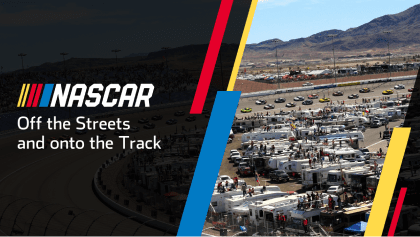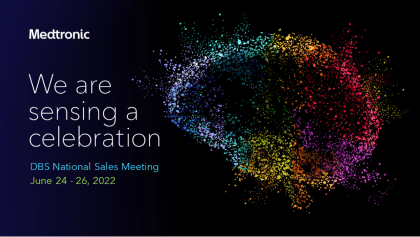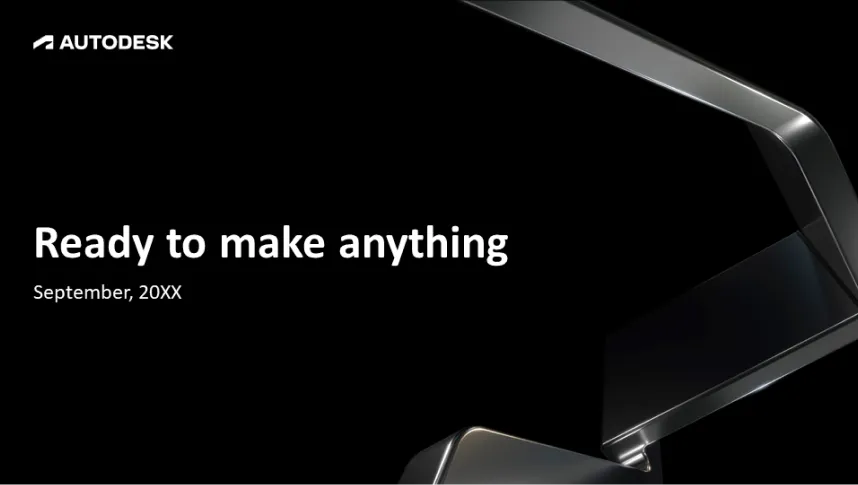Effective infographic design plays a crucial role in enhancing the understanding of virtual testing benefits within oil and gas operations by transforming complex data into visually engaging and easily digestible formats. Infographics utilize a combination of graphics, charts, and concise text to present key information at a glance. This approach helps stakeholders quickly grasp intricate concepts such as efficiency improvements, cost reductions, or safety enhancements that virtual testing can bring to their operations.
By strategically using color coding and visual hierarchy, infographics help prioritize information based on its importance. For instance, highlighting significant statistics related to productivity gains through virtual testing allows decision-makers to see the potential impact immediately. Additionally, infographics can effectively illustrate workflows or processes involved in virtual testing scenarios—making it easier for teams to understand how these systems integrate with existing operational practices.
Moreover, well-designed infographics foster better retention of information compared to traditional text-heavy reports; visuals are known to enhance cognitive processing speed while reducing overall complexity. Presenting case studies or success stories through infographics not only serves as an educational tool but also aids in persuading stakeholders by showcasing real-world applications that underline the benefits discussed.
In summary, effective infographic design is instrumental in communicating the multifaceted advantages of virtual testing within oil & gas operations by simplifying complex data into compelling narratives that resonate with diverse audiences.
View Our Presentation Portfolio










